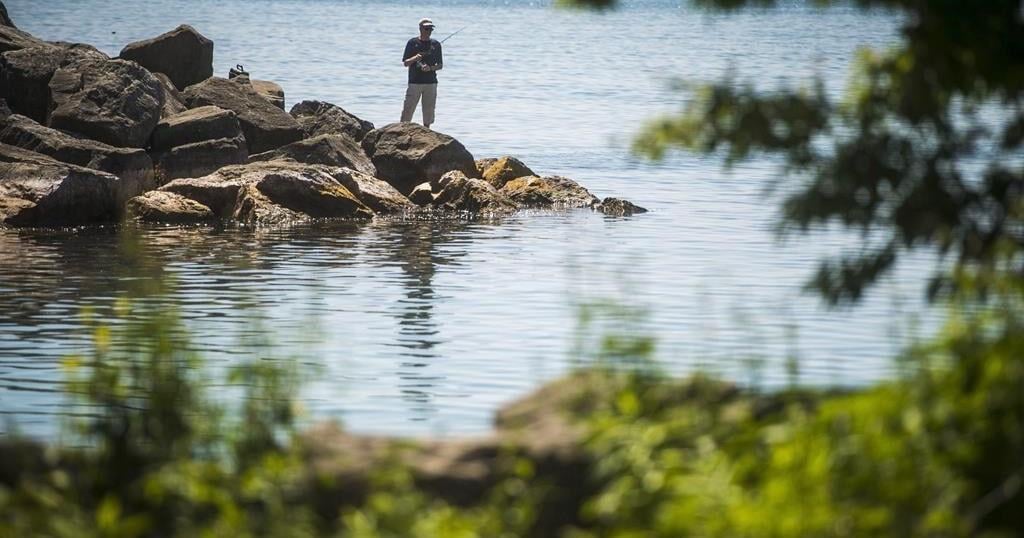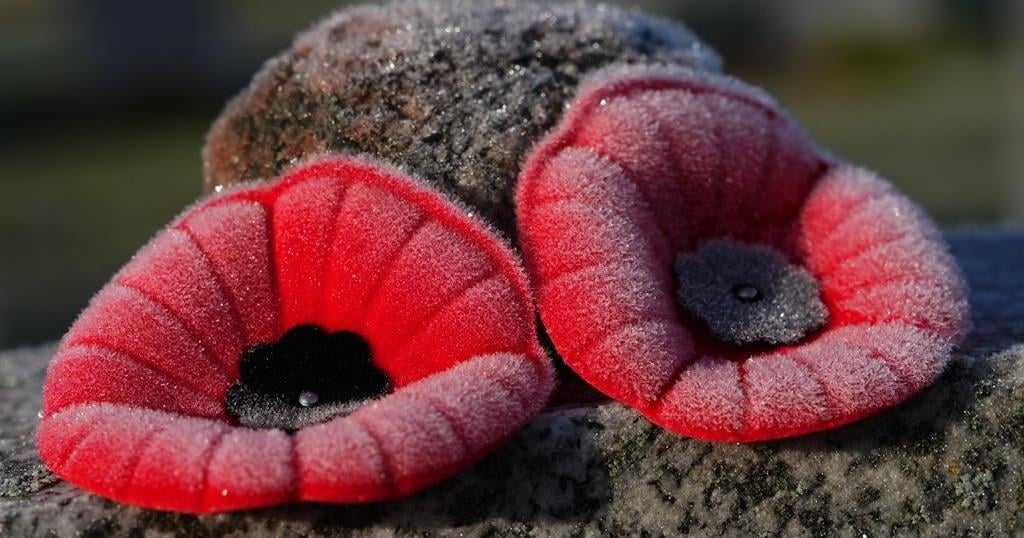TORONTO – Fillets from fish caught along Toronto’s waterfront have up to 12 times more microplastics per serving than some common store-bought alternatives, newly published research suggests.
While scientists are still trying to uncover whether microplastics pose a direct risk to human health, the study co-authored by researchers at the University of Toronto and Ontario’s Ministry of the Environment offers a look at how car tires and other plastics are degrading into minuscule pieces and ending up in fish — and onto the dinner table.
“The elevated number of particles observed in fish from Humber Bay highlights the need for large-scale geographic monitoring, especially near sources of microplastics,” the study said.
Microplastics, no bigger than the width of a pencil eraser down to about the width of mitochondria, have become ubiquitous, showing up everywhere from human blood to Arctic Sea ice. In fish, these broken-down bits of larger plastics have been linked to lower levels of growth and reproduction, among a suite of other issues.
The researchers looked at a total of 45 fish caught in Humber Bay, where the Humber River flows into Lake Ontario along Toronto’s waterfront.
Microplastics turned up, in varying sizes and concentrations, at an average of 138 particles per fish, the study said, far higher than averages reported in other studies. The same U of T research lab, for example, found an average of 17 particles per fish in Lake Simcoe.
Madeleine Milne, co-author of the latest study, said the results show how microplastic pollution has become a “pervasive environmental issue.”
“It’s time for us to start thinking about how we’re going to fix that, whether that be through policy to reduce single-use plastics, thinking about solutions in the environment to clean up microplastics, and other kinds of solutions like that,” said Milne, who carried out the study as part of her undergraduate honours thesis at the University of Toronto, with professor Chelsea Rochman.
Despite the contamination, the study found no evidence the microplastics were building up in the bodies of fish as they got older.
“I think it’s promising. I think we just need to kind of understand why this is happening,” said Milne, who is now a graduate student at the University of Manitoba.
The authors note the results likely represent a “worst-case scenario,” for freshwater fish contamination. That’s because they looked at both the gut and the fillet of fish, when studies often just look at the gut, and they caught the fish in a part of the lake known to be highly polluted.
Milne, who also recently co-authored a study looking at microplastics in common store-bought food, says the Humber Bay fish had about nine to 12 times more microplastics per serving of their fillet compared to minimally processed Alaska Pollock. The number of particles per gram of Humber Bay fish fillet, about 0.5, was still within the range identified by a systematic review of other studies looking at microplastics in seafood, the study said.
Fillets still pale in comparison to some other common ways humans are exposed to microplastics, the study noted. The authors estimated someone who ate two servings of Humber Bay fish fillets per week would ingest about 12,800 particles a year, compared to about 90,000 particles a year from bottled water.
Lindsay Cahill, whose research into whether human microplastics exposure has negative pregnancy outcomes is supported by the federal government, called the study published Wednesday, “an important step.”
“We’re starting to get actual numbers so that then we can look at what is our exposure in humans and then decide, is our exposure harmful or not,” said Cahill, an associate professor at Memorial University of Newfoundland
But, she noted, more research is needed to figure out whether, and to what extent, that exposure is actually harmful.
Some studies have generated concern.
A study published earlier this year in The New England Journal of Medicine, with notable limitations, found more evidence of inflammation in patients with microplastics in their blood vessels. Another from 2021 found people with inflammatory bowel disease had higher levels of microplastics in their feces than healthy subjects.
Of the five Great Lakes, microplastics have been found to be most concentrated in Lake Ontario, an environmental report from Ontario’s auditor general said last year.
In an emailed statement, a spokesperson for Ontario’s Ministry of the Environment, Conservation and Parks said it studies microplastics in fish to provide “baseline information to help understand the degree of concern as risk information becomes available.”
This report by The Canadian Press was first published July 17, 2024.

























